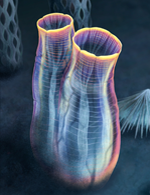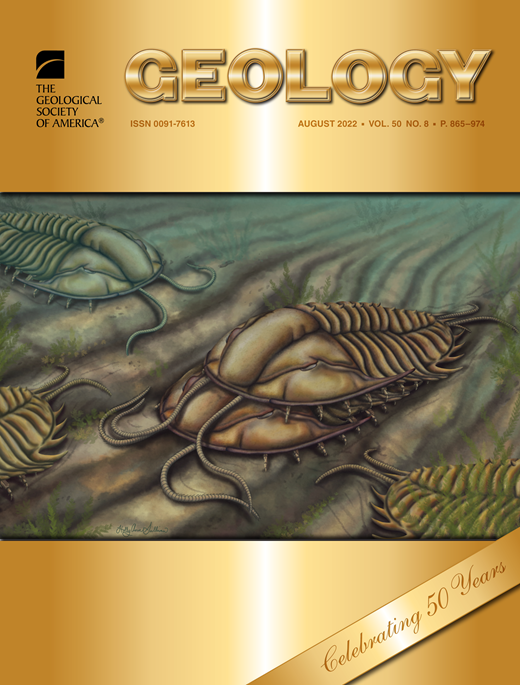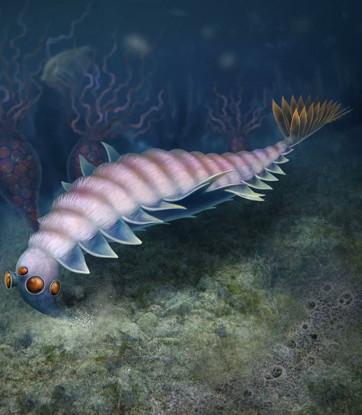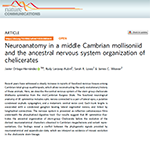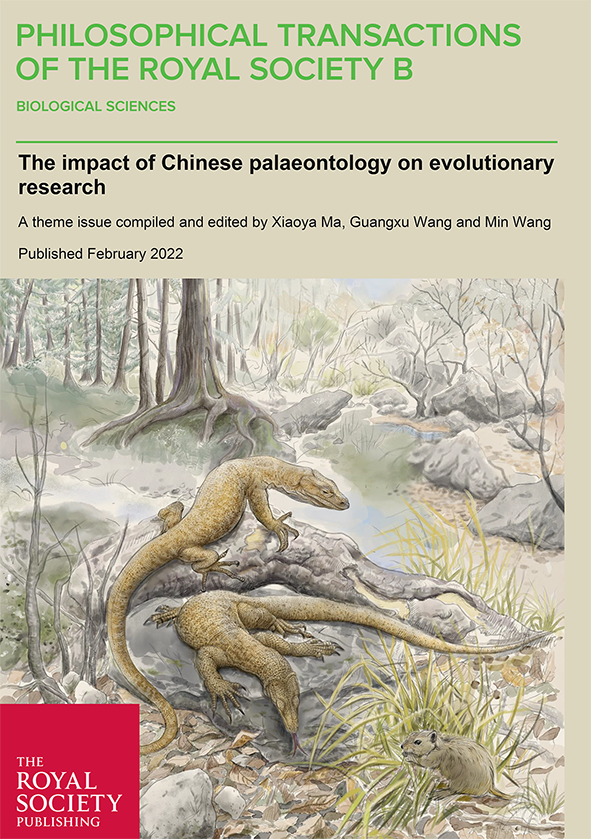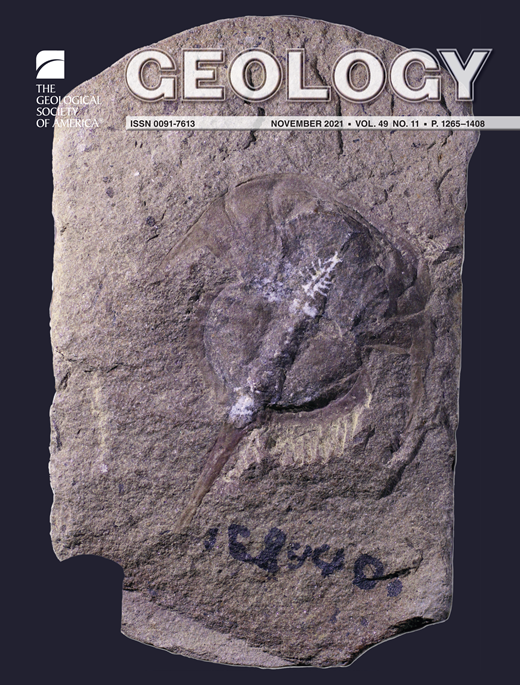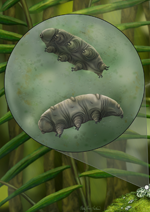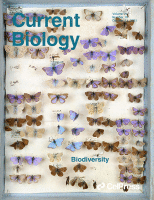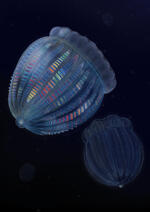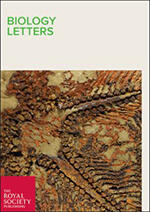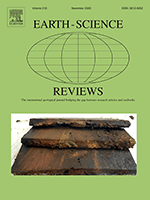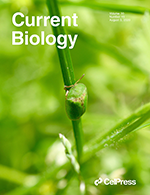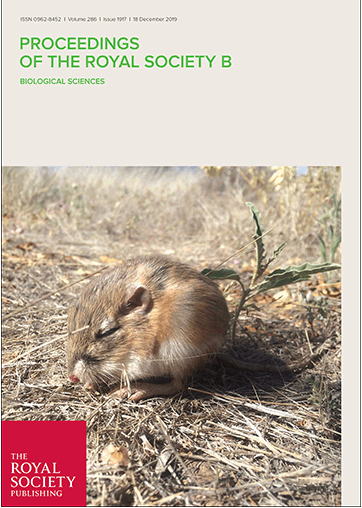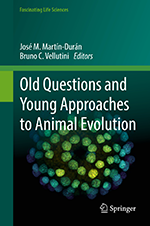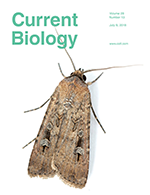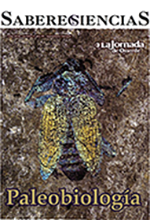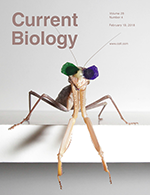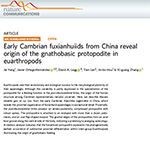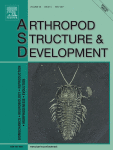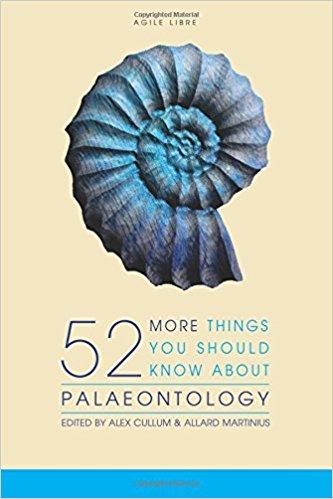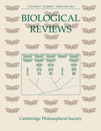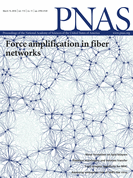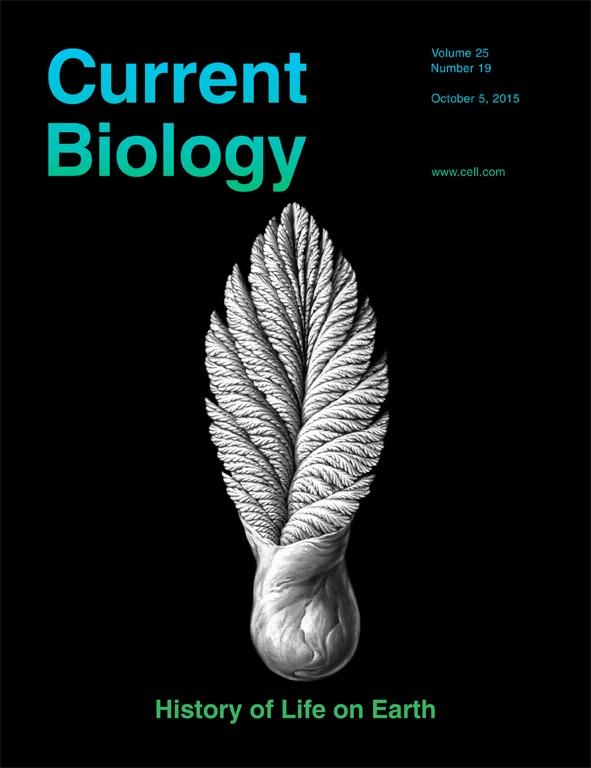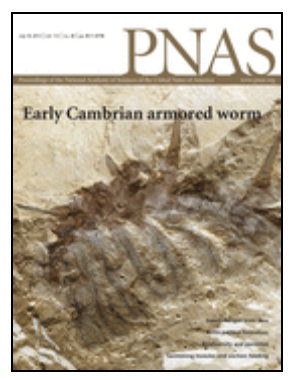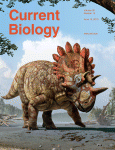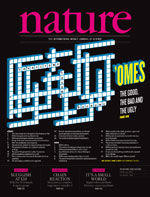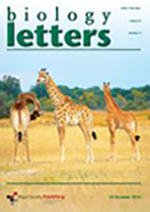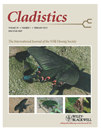Citation:
Abstract:
Vision allows animals to interact with their environment. Aquatic chelicerates dominate the early record of lateral compound eyes among non-biomineralizing crown-group euarthropods. Although the conservative morphology of lateral eyes in Xiphosura is potentially plesiomorphic for Euarthropoda, synziphosurine eye organization has received little attention despite their early diverging phylogenetic position. Here, we re-evaluate the fossil evidence for lateral compound eyes in the synziphosurines Bunodes sp., Cyamocephalus loganensis, Legrandella lombardii, Limuloides limuloides, Pseudoniscus clarkei, Pseudoniscus falcatus and Pseudoniscus roosevelti. We compare these data with lateral eyes in the euchelicerates Houia yueya, Kasibelinurus amicorum and Lunataspis aurora. We find no convincing evidence for lateral eyes in most studied taxa, and Pseudoniscus roosevelti and Legrandella lombardii are the only synziphosurines with this feature. Our findings support two scenarios for euchelicerate lateral eye evolution. The elongate-crescentic lateral eyes of Legrandella lombardii might represent the ancestral organization, as suggested by the phylogenetic position of this taxon in stem-group Euchelicerata. Alternatively, the widespread occurrence of kidney-shaped lateral eyes in stem-group Xiphosura and stem-group Arachnida could represent the plesiomorphic condition; Legrandella lombardii eyes would therefore be derived. Both evolutionary scenarios support the interpretation that kidney-shaped lateral eyes are ancestral for crown-group Euchelicerata and morphologically conserved in extant Limulus polyphemus.

